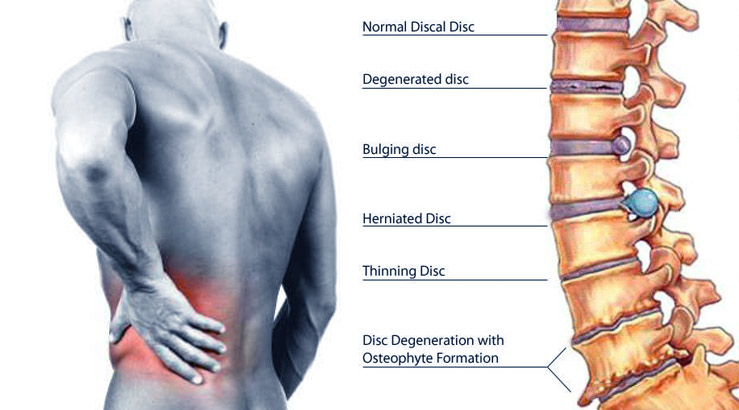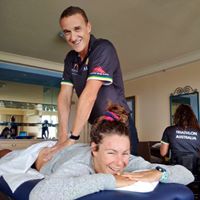10 Facts About Low Back Pain
Words by GCPSH APA Titled Sports & Musculoskeletal Physio, Rick Bain
1. Back pain is common

Back pain is not a disease. It is a normal experience for most of us. 84% of people worldwide will experience LBP and it is equally common across all age groups. Low back pain can be very painful and worrying, but is very common and rarely dangerous.
2. Scans for back pain are rarely needed and can be detrimental
Luckily, pain in the back is almost always benign. However, a few sinister causes do exist for LBP (cancer, infection, fracture) and as primary healthcare practitioners, physio’s are well trained to screen for these non-musculoskeletal causes of back pain. Scans are only needed when a serious condition is suspected, or if you and your management team are considering surgery.
3. The back is NOT that vulnerable to damage
It is a commonly held belief that the spine is a fragile structure and needs protection. Our spines are not made of glass. They are in fact an amazingly robust series of structures that work beautifully together to allow you to move, play and work. Research shows back structures do not “go out of place” or “discs slip”. This is incorrect and has led to fear, protective guarding, avoidance and disability.
4. The back is designed for bending and lifting
Your back is not designed to remain a rigidly braced structure during everyday activities. This overprotection (or avoidance) of normal movement can in fact lead to pain and dysfunction itself. In the same way that a person can get a sore knee after doing an unaccustomed activity, people can experience back pain when they lift something awkwardly or something that they are not used to. The key thing is practicing normal movement and conditioning the body to withstand different loads and weights.
5. You can have back pain without injury or damage
Back pain can exist in the absence of trauma, damage or injury. Pain can be amplified by many factors: physical, psychological, health, lifestyle and social factors. This means you may feel pain more when you move or try to do something, even though you are not damaging your back.
6. Don’t take back pain lying down and don’t rush for surgery
Robust evidence exists for keeping active and returning to all usual activities gradually is important in aiding recovery. Discuss with your physiotherapist about activities which are most appropriate for your individual situation. Surgery is rarely an option for low back pain. A non-surgical option, including activity/exercise, should always come first. Surgery exists for certain cases, and should only be considered in consultation with your management team (physiotherapist, physician, specialist).
7. Exercise is good for back pain but people are often afraid
Exercise is helpful for back pain and the best exercise is the type you enjoy. General exercise has many health benefits, including the management of low back pain. Your physiotherapist will advise you on whether you would benefit most from specific or general exercise, or combination of both.
8. Strong medication does not have strong benefit for back pain
Scientific research has shown that strong painkillers (opioids) do not provide greater pain relief over similar options, and have greater potential for harm.
9. Beware the internet, fads, fashions and bandwagons
If it sounds too good to be true, it probably is. When it comes to back pain, there are no magic pills or quick fixes. Beware the snake oil salesman. A lot of “fads” have not yet been tested so you are potentially just wasting time and money, and when they have been tested the results are generally unimpressive.

10. Back pain can get better
Of course, you can injure your back, but be confident that it will get better.
If you need further assessment of Low Back Pain, come and visit our experienced Team of Physio’s and let us help you get back to what you love to do pain-free. Phone 07 5500 6470 for an appointment, or book Online via our homepage.

































